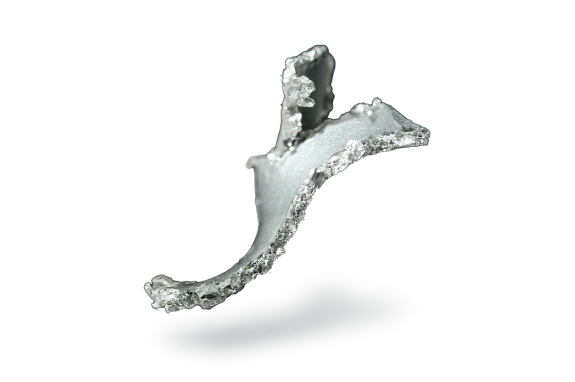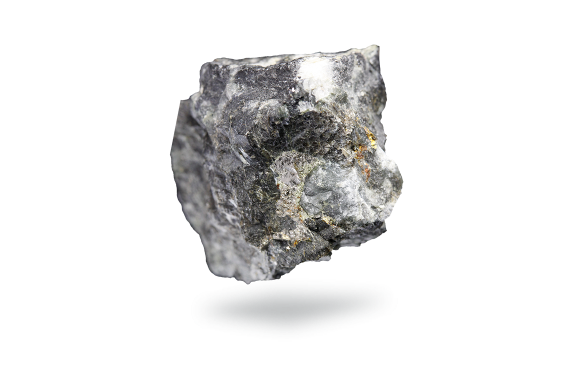Palladium
Palladium was identified in 1803 by Wollaston in the residue after attacking impure platinum with aqua regia. It was given its name after Pallas, an asteroid discovered at approximately the same time.
Properties
- A white metal that resembles platinum.
- Has the lowest volumic mass and the lowest melting point of all the platinum-group metals (PGM).
- Capable of absorbing, at room temperature, 600 to 900 times its own volume of hydrogen, depending on its physical state.
- This capacity is probably due to the formation of a solid solution between the metal and its own hydride Pd2H. As hydrogen is absorbed, the metal expands.
- Hydrogen at slight pressure diffuses into palladium, which enables its purification from any accompanying gases.
Applications
- By far the most significant application of palladium is in post-combustion catalysts for vehicles. It is the best converter of unburnt hydrocarbons, and the risk of capacity loss through poisoning by the sulphur and lead present in the fuels has been considerably reduced nowadays.
- Has important applications in the fields of electricity and electronics, e.g., in Multi-Layer Ceramic Capacitors (MLCC), used in computers and mobile telephones.
- Palladium acts as a catalyst in the petrochemical industry (hydrocracking), in the production of terephthalic acid and in the purification of hydrogen peroxide.
- Palladium-based diffusers are used in the purification of hydrogen.
- Palladium is commonly used in jewellery applications.
- Since the emergence of exchange traded funds (ETFs), palladium is increasingly used as an investment vehicle.
Recycling
Due to its value, palladium tends to be recycled quite readily. By far the majority of the recycling volumes come from the recycling of spent automotive catalysts with old jewellery and electronics making up the remainder.



